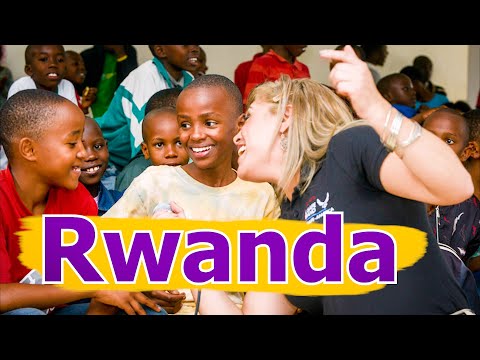
Rwanda, known as the “Land of a Thousand Hills,” is not only famous for its stunning landscapes but also for its rich cultural heritage that reflects a complex history of unity, division, resilience, and reconciliation. The vibrant culture of Rwanda is shaped by various traditions, customs, and arts that are integral to the Rwandan way of life. Understanding the local people and their culture provides insight into how this small East African nation has worked towards unity and progress.
#### Ethnolinguistic Composition
The population of Rwanda is predominantly made up of three ethnic groups: the Hutu, Tutsi, and Twa. The Hutu are the largest group, historically identified as agriculturists. The Tutsi, traditionally cattle herders, have also played significant roles in agriculture in modern times. The Twa, a minority group, are believed to be descendants of Rwanda’s earliest inhabitants and are primarily forest-dwellers and potters.
Despite these distinctions, all Rwandans speak Kinyarwanda, a unifying factor that underscores a shared cultural identity. Additionally, French was historically prominent but has been largely supplanted by English in schools and government since 2008.
#### Social Cohesion and Cultural Practices
Rwanda’s culture places a strong emphasis on community and cooperation. One traditional practice is “Umuganda,” which translates to ‘coming together in common purpose’. Held on the last Saturday of each month, Umuganda is a day dedicated to community service where citizens including leaders come together to clean streets, repair public facilities or build houses for the vulnerable.
Traditional dance and music also play an essential role in Rwandan society. Music typically features drums (Inanga) along with other instruments like the “umuduri” (a stringed instrument) or “ikembe” (a thumb piano). Dance often narrates historical events or celebrates harvests and other milestones. “Intore” dance troupes perform dynamic dances that demonstrate heroism—a key theme within Rwandan folklore.
#### Arts and Crafts
Rwandan handicrafts include basket weaving, pottery making (a craft inherited from ancient times by the Twa), woodworking, beadwork which makes elaborate jewelry from materials such as seeds or glass beads worn during traditional ceremonies. These crafts are not only vital aspects of Rwanda’s cultural identity but have become means for economic development particularly among women.
#### Family Structure
Family remains at the heart of Rwandan social structure with extended families commonly living together in compounds known as “umudugudu.” This setup helps maintain strong familial ties—both immediate and extended—and ensures mutual support among family members.
#### Cuisine
The cuisine of Rwanda includes staple foods like potatoes, beans (isombe), maize meal porridge (“ugali”), cassava leaves (“ubugari”) and sweet potatoes which reflect the agricultural lifestyle of most Rwandans. Traditional dishes like “Akabenz” (fried pork) are popular alongside goat meat stews often enjoyed during celebrations or social gatherings.
#### Challenges Faced
Despite substantial progress post-genocide era aimed at national reconciliation through various initiatives such as Gacaca courts where communities actively participated in justice processes; challenges still persist including poverty alleviation efforts especially rural areas where infrastructure development is slow progressing thus impacting access quality education health services amongst others areas vital human development.
### Conclusion
Rwanda’s culture is both diverse yet unified under shared languages traditions practices epitomizing resilience strength people who have continually strived overcome historical adversities towards building cohesive progressive society. Exploring understanding unique cultural traits offers deeper appreciation how nations can foster peace through embracing diversity equality developmental strategies focused on inclusive growth sustainability.
